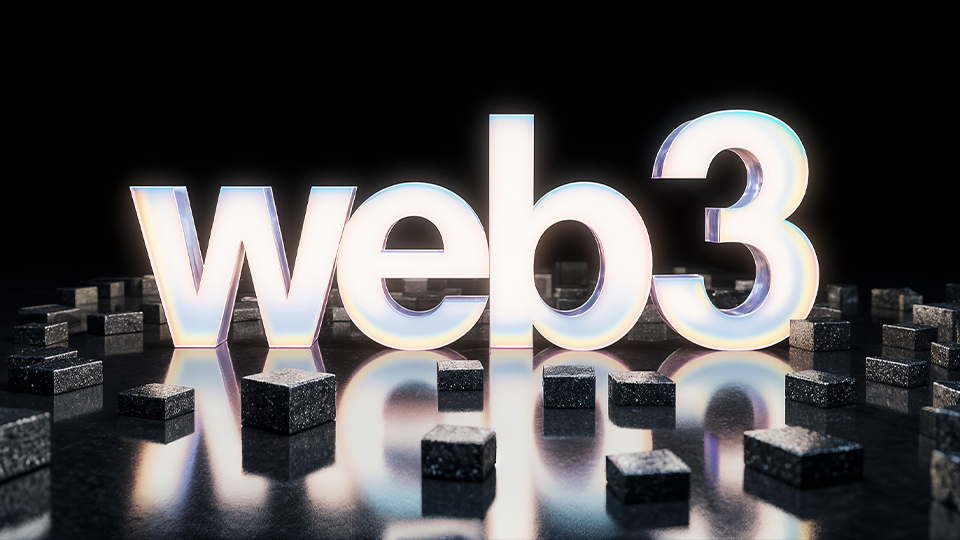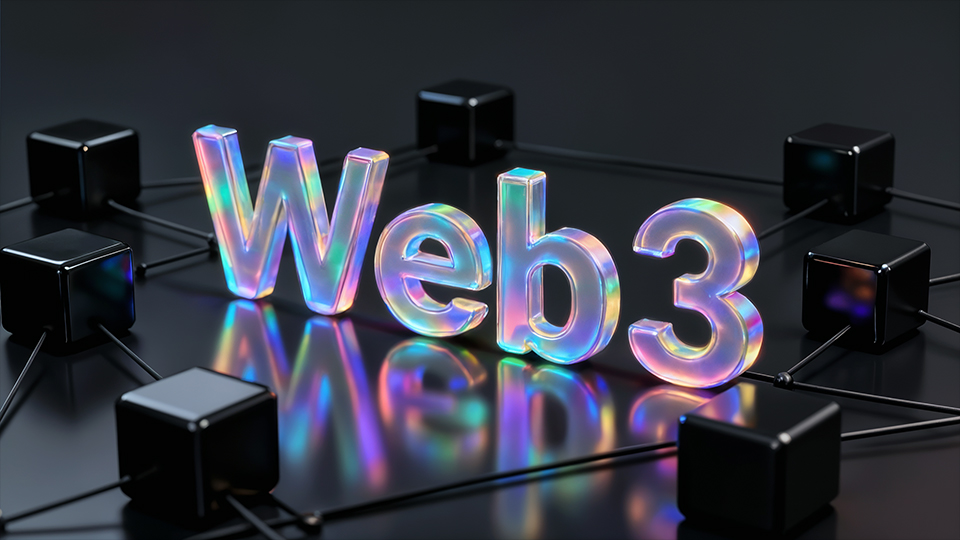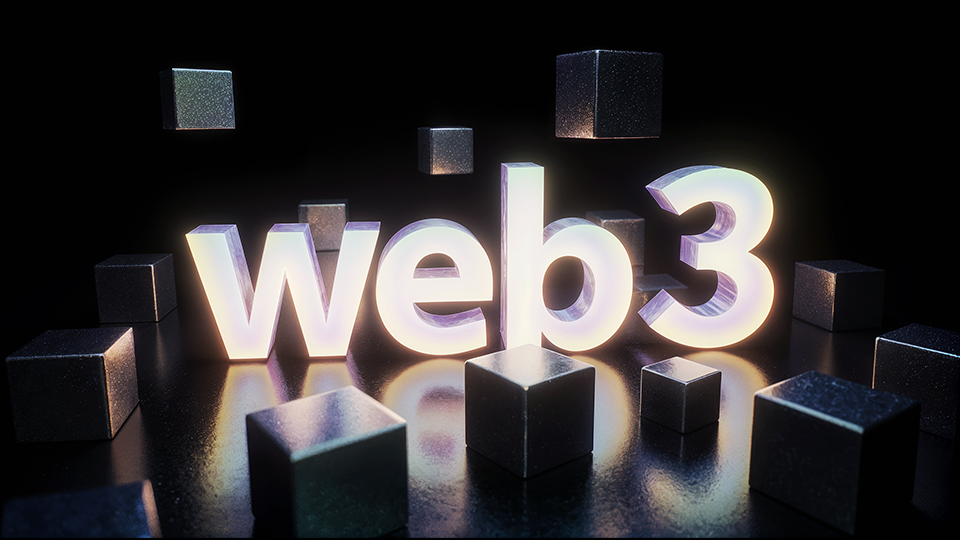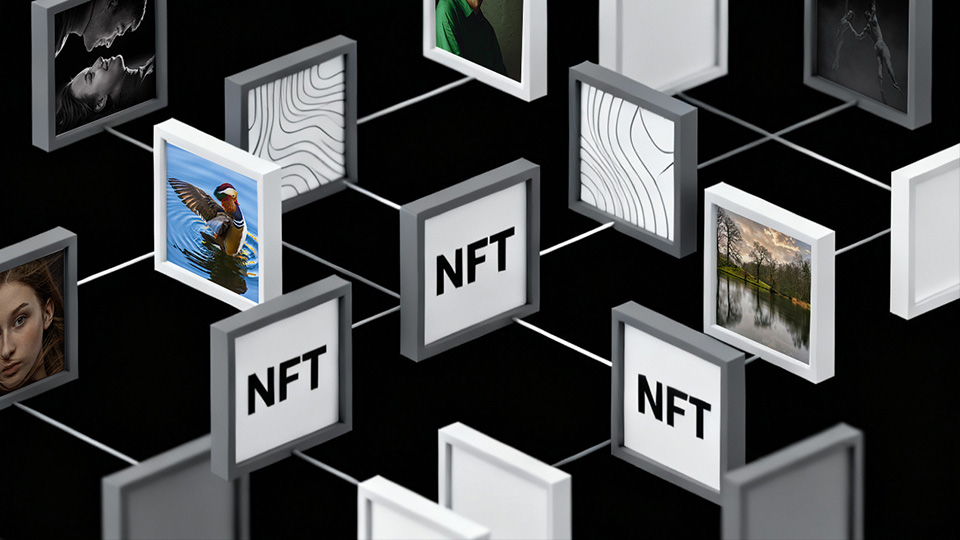Unlocking the Potential of Web3 Through Design and Experience
For years, conversations about Web3 have centered on the technical side: protocols, blockchains, tokenomics, and DeFi mechanisms. The innovation has been remarkable, but somewhere along the way, the human experience got left behind. For most people outside the crypto space, interacting with Web3 products still feels confusing and intimidating. The potential of Web3 won’t be realized through code alone; it depends on how well people can use, trust, and understand the technology.
From Code to Connection
Early Web3 developers built incredible systems that changed how we think about ownership and value. Yet those same systems often forgot one crucial element: usability. Signing transactions, managing wallets, and understanding gas fees might make sense to blockchain veterans, but for the average user, they create friction.
This is where user experience (UX) comes in. UX is not just about pretty interfaces, it’s about empathy. It’s the process of translating complex systems into interactions people can relate to. The shift from protocols to products means thinking about how someone feels the first time they connect a wallet, not just how efficient the smart contract is under the hood.
When developers start to consider UX from the beginning, they bridge a gap that technology alone can’t fill. The more intuitive the experience, the easier it becomes for new users to step into the decentralized world, and stay there.
Designing Trust in a Trustless System
Web3 promises a trustless system, but ironically, trust is exactly what users need before they take part in it. The challenge lies in designing experiences that communicate transparency without overwhelming people with jargon or complexity.
Simple cues like readable wallet names, clear transaction summaries, and intuitive navigation build confidence. People don’t need to know every detail about consensus mechanisms; they need to feel secure enough to participate. Good UX transforms blockchain concepts, like smart contracts and decentralized governance, into something tangible and approachable.
Projects that invest in this kind of design thinking stand out. They convert passive users into active participants, showing that trust can be built through simplicity and clarity, even in a trustless environment.
The Human Side of Decentralization
Decentralization has always been about giving people control, but real control means more than just owning private keys. It means having tools that make participation effortless. The potential of Web3 isn’t just in decentralization itself; it’s in how decentralization empowers creativity, collaboration, and personal agency.
When interfaces are designed with empathy, they open doors for artists, creators, and communities who might otherwise feel excluded by technical barriers. Platforms that focus on human-centered design are already proving that accessibility drives adoption. Each smooth interaction, a mint, a swap, a signature, becomes an opportunity to make blockchain feel less like a machine and more like a medium for creativity.
Turning Vision into Everyday Experience
The next phase of Web3 innovation won’t be measured by the number of protocols launched, but by how seamlessly those protocols evolve into products people actually enjoy using. Wallets will become as simple as logging into an app. Marketplaces will prioritize clarity over clutter. Transactions will feel natural and instant, not like decoding a foreign language.
UX is what transforms potential into reality. It’s how blockchain moves from something experimental to something people live with every day. When design and technology work together, Web3 stops being a concept, it becomes an experience.




